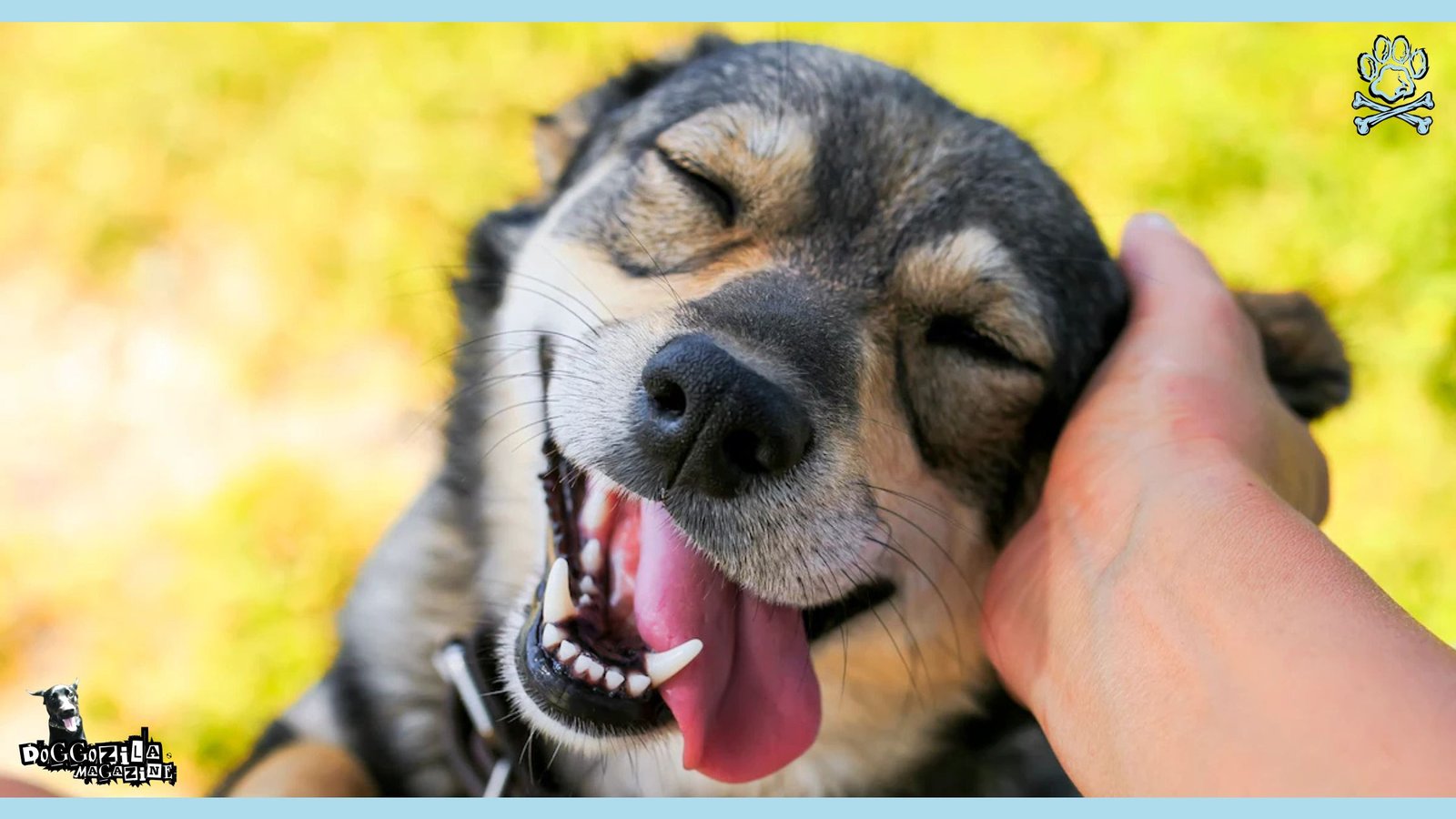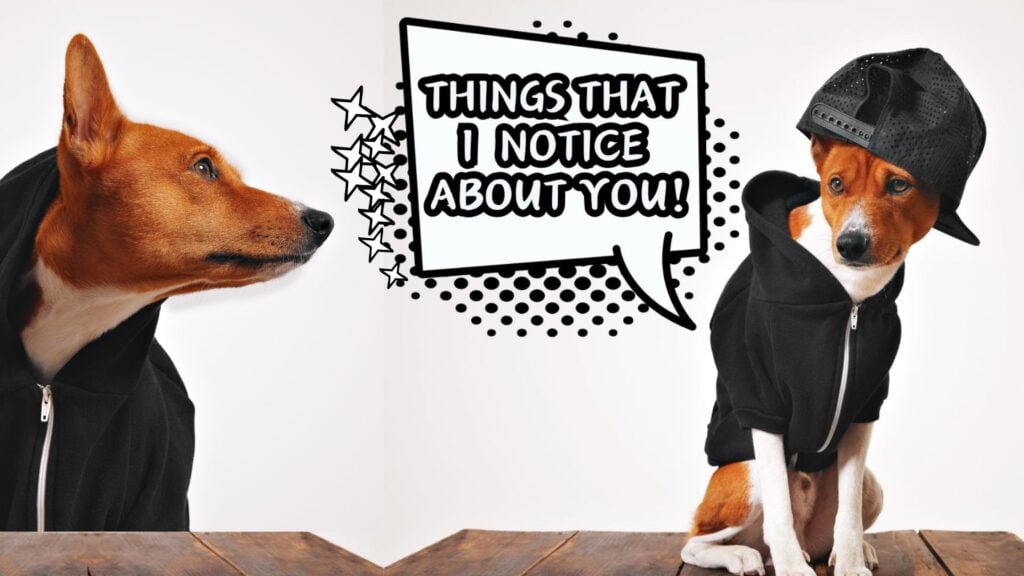The trick of “playing dead,” also known as “playing possum,” has its roots in various forms of animal training and performance, where certain behaviors are manipulated for entertainment or obedience. From a behavioral standpoint, this command is not merely a party trick but serves as a means to strengthen the bond between the dog and its owner while stimulating the dog’s mental faculties. When dogs learn to play dead, they engage in an activity that channels their instinctual behaviors, encouraging them to utilize both their physical skills and cognitive abilities. We prepare this guide to help you train your dog how to play dead.
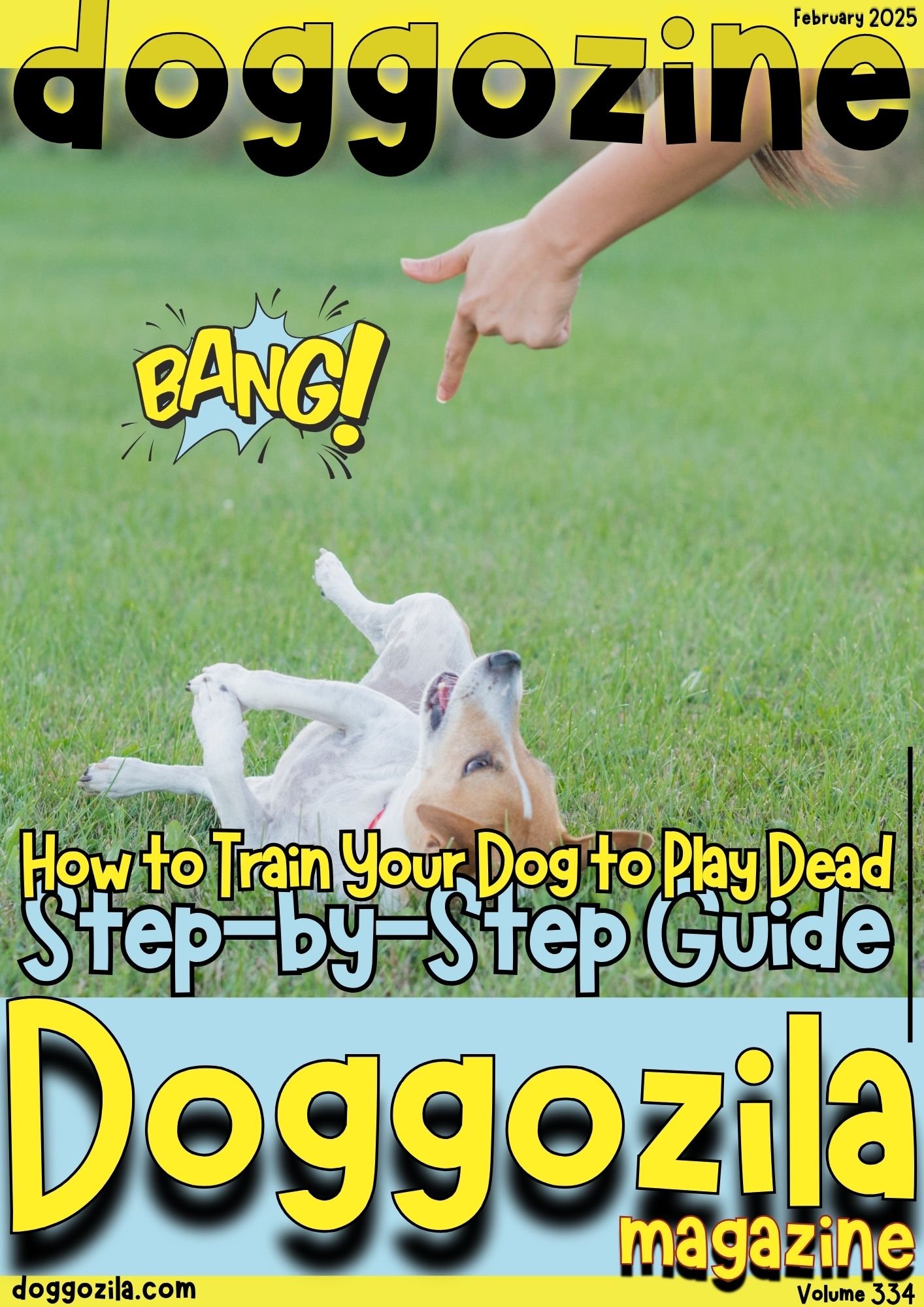
UNDERSTANDING YOUR DOG’S BEHAVIOR
Dogs are inherently social animals, and performing tricks like playing dead can be an enjoyable experience for them. This behavior mimics their instinctual reactions, such as feigning death to escape predators or to win over a playful companion. By executing this command, dogs not only display their agility but also tap into natural behaviors that provide comfort and reassurance.
The Concept to Train Your Dog to Play Dead
It is essential to recognize that such tricks enhance the dog’s overall well-being, as they promote mental enrichment and can prevent boredom, which is often the root cause of behavioral issues in pets. Moreover, the act to train your dog to play dead fosters mutual engagement and communication. The owner learns to read their dog’s body language, and in return, the dog becomes attuned to the owner’s cues and commands.
This reciprocal understanding can lead to a more harmonious relationship, as both parties collaborate towards a shared goal. Thus, while playing dead may seem like an amusing trick, it encompasses deeper implications in the realm of dog training, emphasizing the importance of instinctual behaviors paired with learned responses. Engaging in this activity can undoubtedly enrich the dog’s life while also offering owners an enjoyable and fulfilling endeavor.
🔑 Key Points: The trick of playing dead, is also known as playing possum. From a behavioral standpoint, this command is not merely a party trick but serves as a means to strengthen the bond between the dog and its owner while stimulating the dog’s mental faculties. The act to train your dog to play dead fosters mutual engagement and communication.
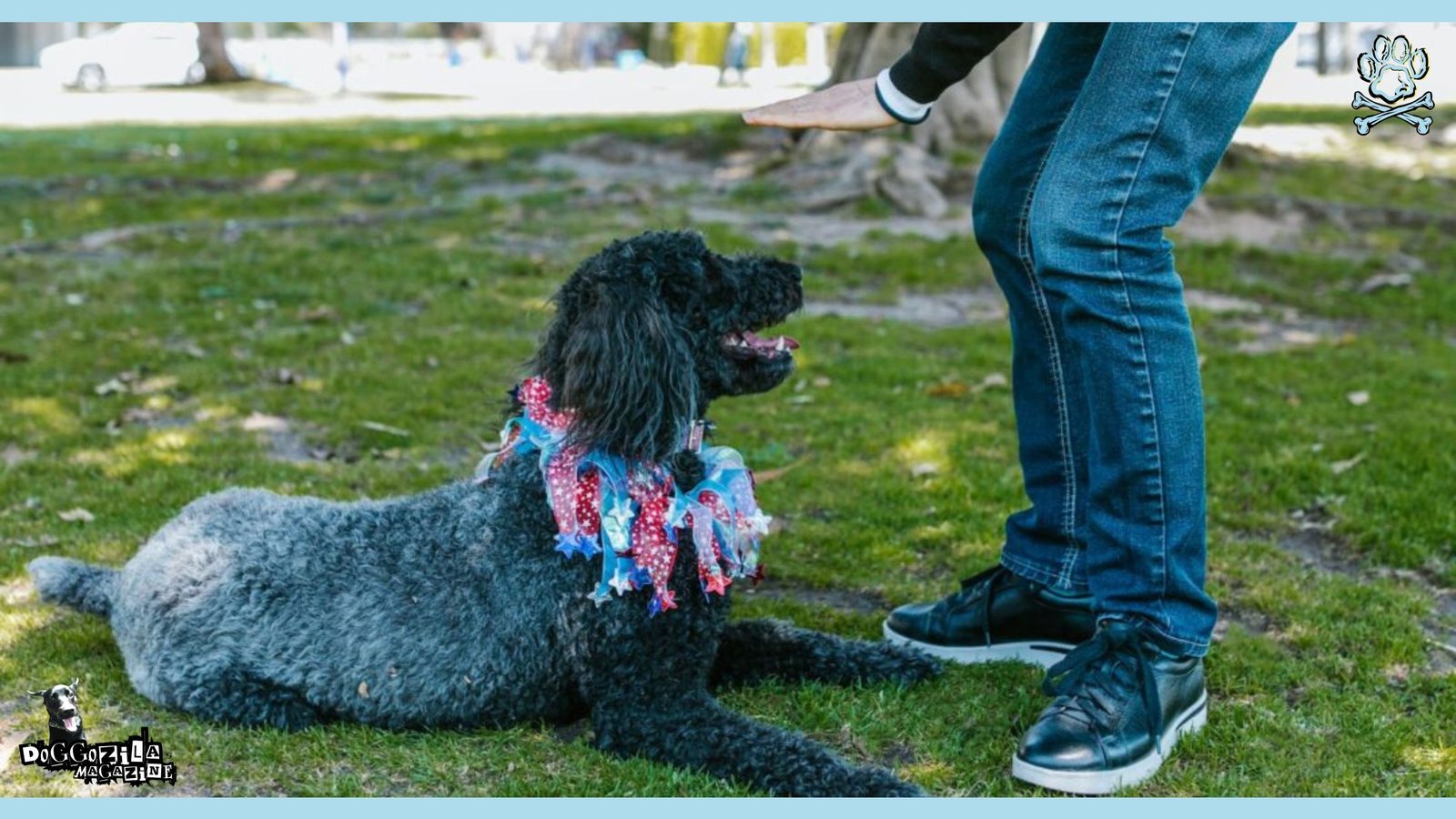
PREREQUISITES FOR TRAINING YOUR DOG
A successful training experience pivots on your dog’s understanding of basic commands, particularly ‘sit‘ and ‘down.’ These commands form the groundwork for many advanced tricks, including playing dead. Therefore, it is imperative that your dog is familiar with these commands before progressing.
Before embarking on the journey to train your dog to play dead, it is crucial to establish a strong foundation through essential prerequisites.
The Dog Training Basics
The command ‘sit’ engages your dog in a controlled posture, while ‘down‘ encourages them to lie comfortably on the ground. Familiarity with these commands not only aids in comprehension but also enhances communication between you and your dog during the training process.
Furthermore, the training environment plays a significant role in how effectively your dog learns. It is essential to create a comfortable and stress-free environment where your dog feels safe and relaxed. If your dog is anxious or distracted, attempts to learn new tricks, such as playing dead, may be hampered.
Socialization Makes Dogs More Receptive to New Commands
A calm atmosphere allows for better focus, enabling your dog to engage more intently with the training. Thus, ensure that the surroundings are free from disturbances, and consider the time of day when your dog is typically most responsive, which can notably influence their learning abilities.
Finally, socialization also contributes to your dog’s confidence, making them more receptive to new commands. A well-socialized dog is likely to be more adaptable, ensuring successful training sessions. Remember, patience and practice are fundamental while progressing through each stage. By ensuring these prerequisites are met, you will be better equipped to train your dog to play dead effectively, ultimately fostering an enjoyable learning experience for both of you.
🔑 Key Points: Before training your dog anything at all it is crucial to establish a strong foundation through essential prerequisites. It’s important at the begging to start with the basics! These commands form the groundwork for many advanced tricks, including playing dead.
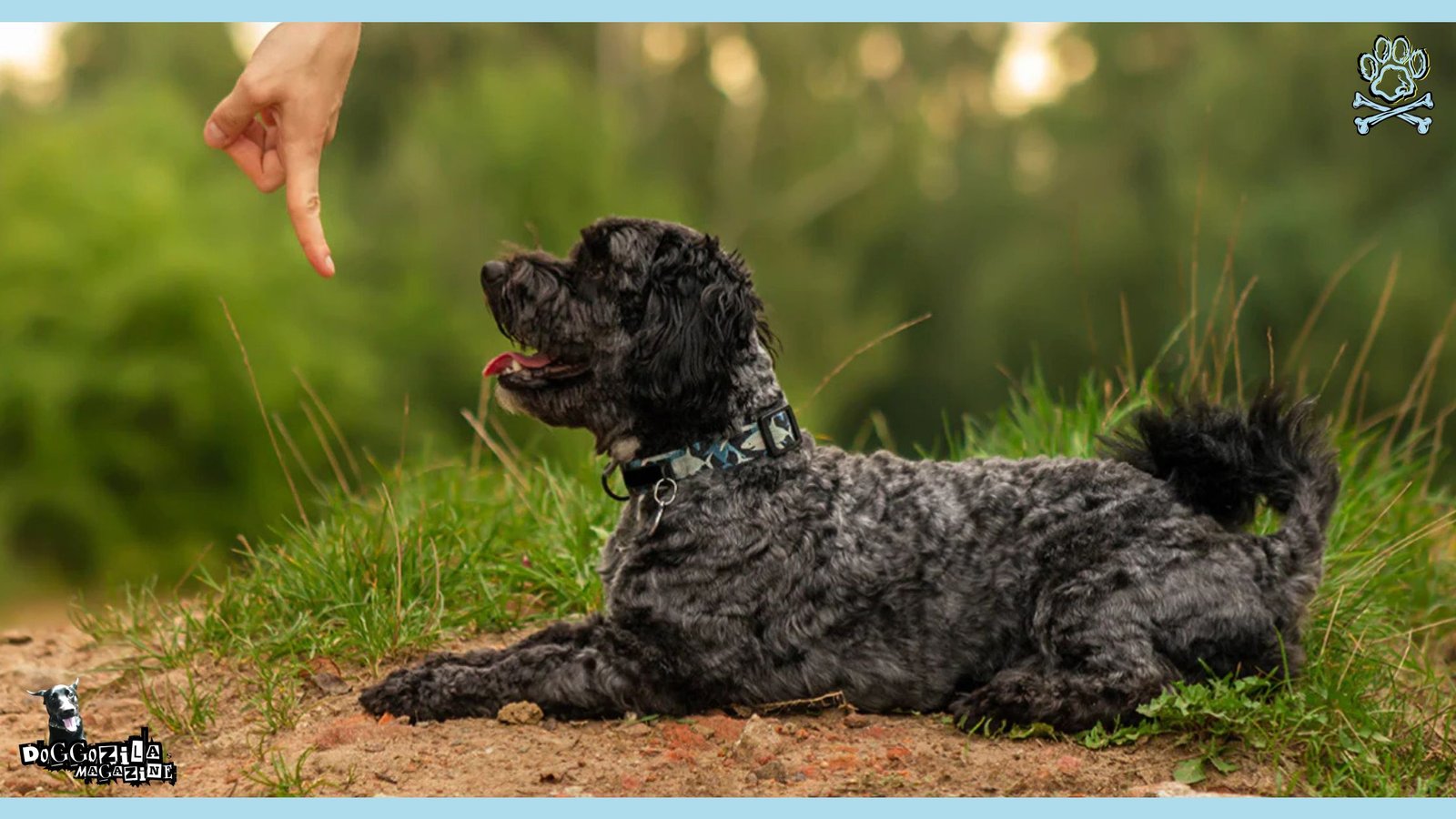
STEP-BY-STEP GUIDE HOW TO TRAIN YOUR DOG TO PLAY DEAD
To train your dog to play dead can be a rewarding experience for both you and your pet. This guide will provide a systematic approach to ensure effective learning. Start by gathering some treats that your dog enjoys. These treats will serve as positive reinforcements throughout the training.
Begin in a quiet environment with minimal distractions, so your dog can focus solely on you.
First Step to Train Your Dog To Play Dead – (Down & Bang)
The first step is getting your dog into a lying position. Use the command “down” to instruct your dog to lie flat. Once your dog complies, deliver praise and a treat to reinforce this behavior. Repeat this process until your dog consistently lies down on command. The goal is to establish a solid foundation before introducing the ‘play dead‘ command.
With your dog comfortable in the lying position, it’s time to introduce the new command. Use a clear verbal cue, such as “bang!” and gently guide your dog onto its side. This can be done by rolling it slightly while saying the command. Always follow this action with a treat and positive verbal reinforcement. Consistency is crucial here! Practice this step several times in short sessions to keep your dog engaged.
Do Not Forget Your Dog Favorite Treats
If your dog appears confused or lacks enthusiasm, it may be helpful to break the training into smaller increments. Continually use treats to motivate and encourage your dog. You can also enhance engagement by integrating playtime between commands. Patience is vital; if your dog seems frustrated, take a break and try again later.
As your dog becomes more comfortable with the actions, slowly phase out the need for physical guidance. Instead, use just the verbal command while rewarding successful attempts. Over time, your dog will learn to associate the command with the action of playing dead, resulting in a well-trained pet and an impressive trick to display.
🔑 Key Points: The first step is getting your dog into a lying position. When your dog complies, deliver praise and a treat to reinforce this behavior. Repeat this process until your dog learn the command. Than it’s time to introduce the new command.
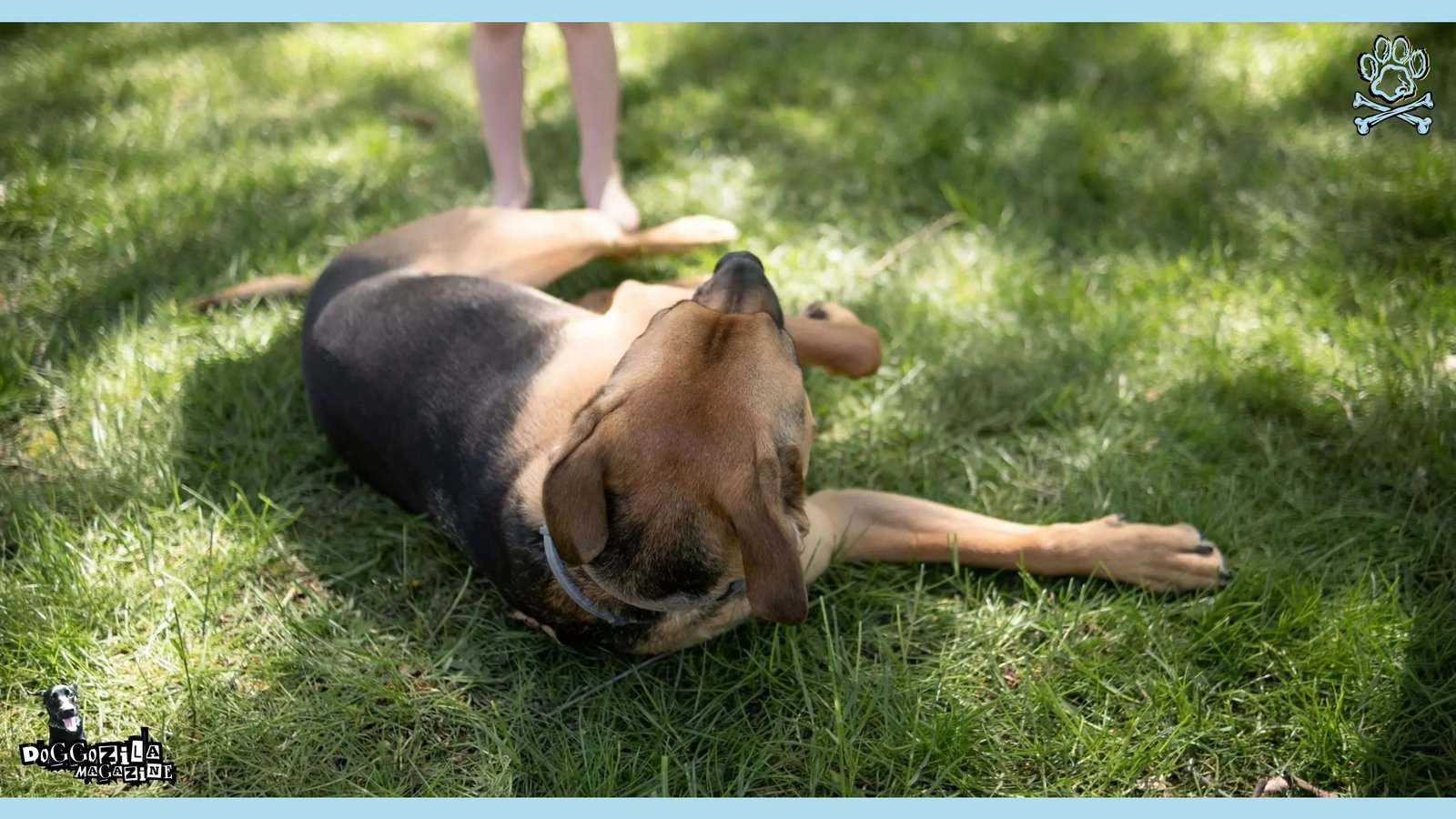
NEXT STEP TO TRAIN YOUR DOG TO PLAY DEAD
Once your dog has learned the initial command of playing dead, reinforcing this behavior is crucial for long-term retention. One of the most effective methods of reinforcement is positive reinforcement. This technique involves rewarding your dog with treats, praise, or toys every time they successfully perform commands.
Reinforcing The ‘Play Dead’ Behavior
The positive reinforcement technique not only encourages your dog to repeat the behavior but also strengthens the bond between you and your pet. For maximum effectiveness, consider using small, high-value treats that your dog finds particularly appealing. Consistency is also key when reinforcing commands. Ensure that you use the same words and gestures each time you ask your dog to play dead.
Using a consistent command helps your dog understand exactly what you expect from them. It is important for all family members to adopt the same approach to prevent confusion. Moreover, establishing a specific cue can reinforce the learning process. This could be a hand signal or a verbal prompt that you consistently use during training sessions.
Tools You May Need to Train Your Dog to Play Dead
Incorporating clicker training into your regimen can significantly boost the reinforcement process. Clicker training provides immediate feedback for correct behavior, reinforcing the desired action. Once your dog plays dead, immediately click the clicker and follow up with a treat. This association helps your dog recognize that playing dead leads to positive outcomes, making it more likely to do so on command.
To keep the training sessions lively and maintain your dog’s interest, consider integrating the ‘play dead’ command into daily activities. For example, you could ask your dog to play dead before mealtime or during playtime as a fun game. Additionally, keep training sessions brief but frequent to prevent your dog from losing interest. Over time, these techniques will help you effectively reinforce the ‘play dead’ behavior, making it a joyful part of your dog’s repertoire.
🔑 Key Points: One of the most effective methods of reinforcement is positive reinforcement. Consistency is also key when reinforcing commands. Always use the same words and gestures each time you ask your dog to play dead, or when you train him any command at all.
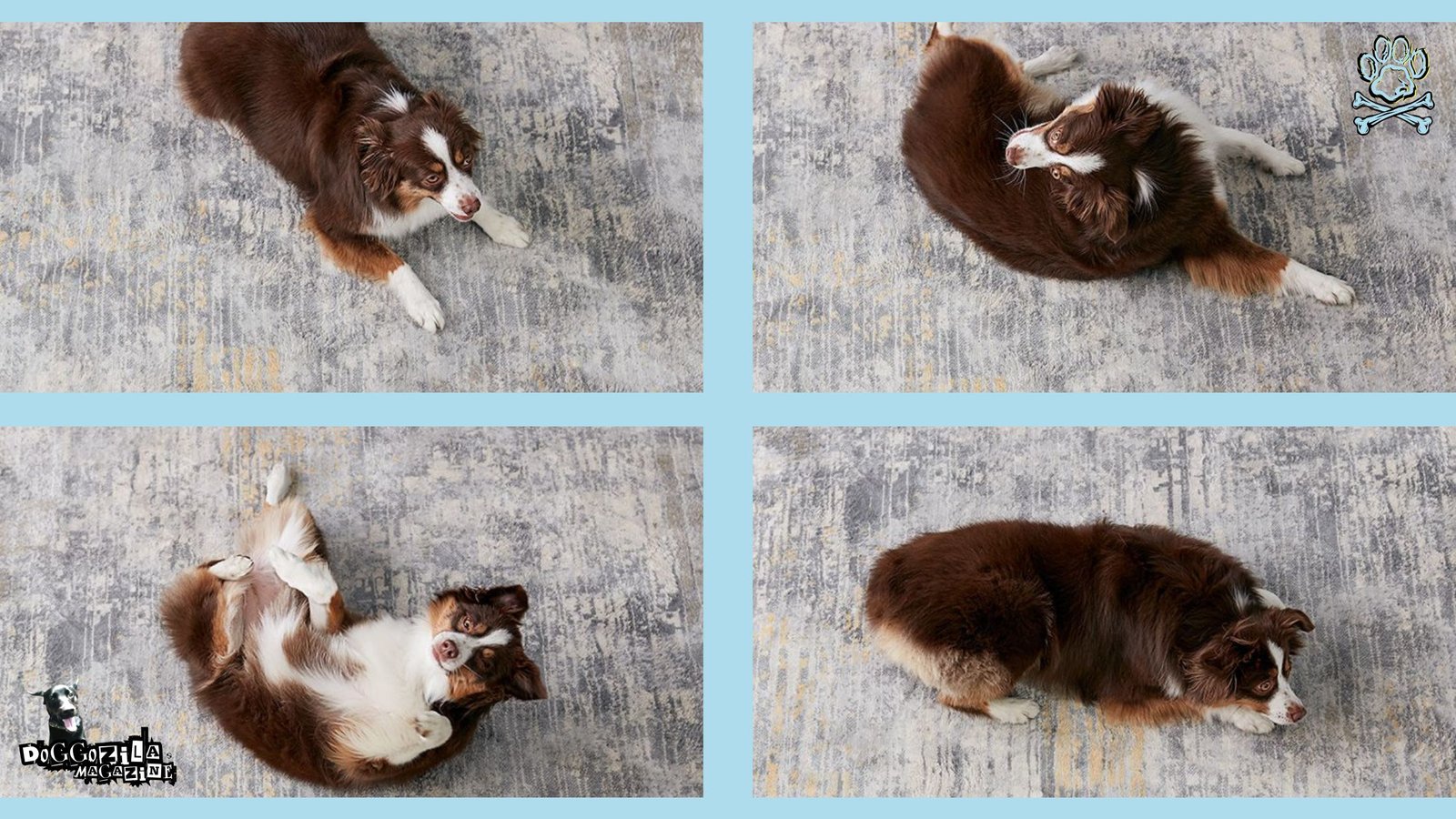
NEXT STEP TO TRAIN YOUR DOG TO PLAY DEAD: THE ROLL OVER TECHNIQUE
Having established a solid foundation of trust and understanding through previous training stages, the next step to train your dog to play dead involves the ‘roll over‘ technique. This step is crucial, as it will help your dog learn to lie still on its side, mimicking the action of playing dead.
Begin this stage in a quiet, distraction-free environment to ensure your dog’s focus remains intact.
Starting or Standing Position
Start by having your dog in a standing position. Use a treat to capture their attention, holding it close to their nose. Slowly move the treat toward the ground and then towards their shoulder. The goal here is to encourage your dog to shift their weight and roll onto their side. It is essential to keep the movement smooth and gentle.
If they successfully move onto their side, reward them immediately with praise and the treat, reinforcing the positive behavior. If your dog appears hesitant or struggles to execute the movement, consider simplifying the process. You can assist by gently guiding your dog’s body with your hands as they roll over.
Practice The Maneuver in Small Increments
Be cautious not to apply too much pressure, as this may cause discomfort or anxiety. Practice this maneuver in small increments, gradually reducing your guidance as your dog becomes more comfortable with the action. Common challenges may arise during this training phase, such as your dog rolling partially or getting up before lying still.
In such cases, patience is key. Encourage them to remain in the rolled position for a few seconds, extending that duration as they progress. Consistently rewarding success, no matter how small, will help reinforce desired behavior. As your dog masters the roll over technique, you will be well on your way to train them to play dead effectively.
🔑 Key Points: Always start by having your dog in a standing position. Than use a treat to capture their attention, slowly move the treat toward the ground and then towards their shoulder. The point is to show him the way how to roll over. We already mention this, and will continue mentioning as it’s really important, patience is key.

COMMON MISTAKES TO AVOID WHILE YOU TRAIN YOUR DOG TO PLAY DEAD
To train a dog to play dead can be an enjoyable experience. However, various pitfalls may hinder the process.
Inconsistency in Commands
One of the primary mistakes pet owners make is inconsistency in commands. When commands are unclear or varied, it can confuse the dog and impede learning. Consistency ensures that the dog learns the association between the command and the action effectively.
For instance, if “play dead” is occasionally replaced with “drop” or “lie down,” the dog may struggle to associate the desired behavior with the intended command.
Bad Timing for Reinforcement
Another significant issue arises from timing, particularly regarding reinforcement. Positive reinforcement is a vital element of training, but if it’s not delivered promptly after the desired action, the dog may not connect the reward with its behavior. A delay in offering treats or praise can lead to frustration and confusion, diminishing the effectiveness of the training session. Ensuring that reinforcement occurs immediately helps reinforce the behavior and solidifies learning.
Do Not to Apply Too Much Pressure
Overwhelming the dog with too much information at once is another common mistake. Dogs learn best when training sessions are short and focused. Trying to introduce multiple commands or techniques in one session can lead to cognitive overload, hindering the dog’s ability to grasp what is expected. Instead, breaking down the training session into manageable parts allows dogs to digest information more effectively and builds confidence as they master each element.
To circumvent these issues, pet owners should create a structured dog training plan that emphasizes consistency, timely reinforcement, and a gradual introduction of concepts. By focusing on these proactive strategies, owners can help their dogs achieve success and make the training experience more enjoyable and productive.
🔑 Key Points: The most common mistakes when pet owners make inconsistency in commands. Beware of the timing of the reinforcement, always should be on the right action or behavior. Do not give to much information to the dog at once.
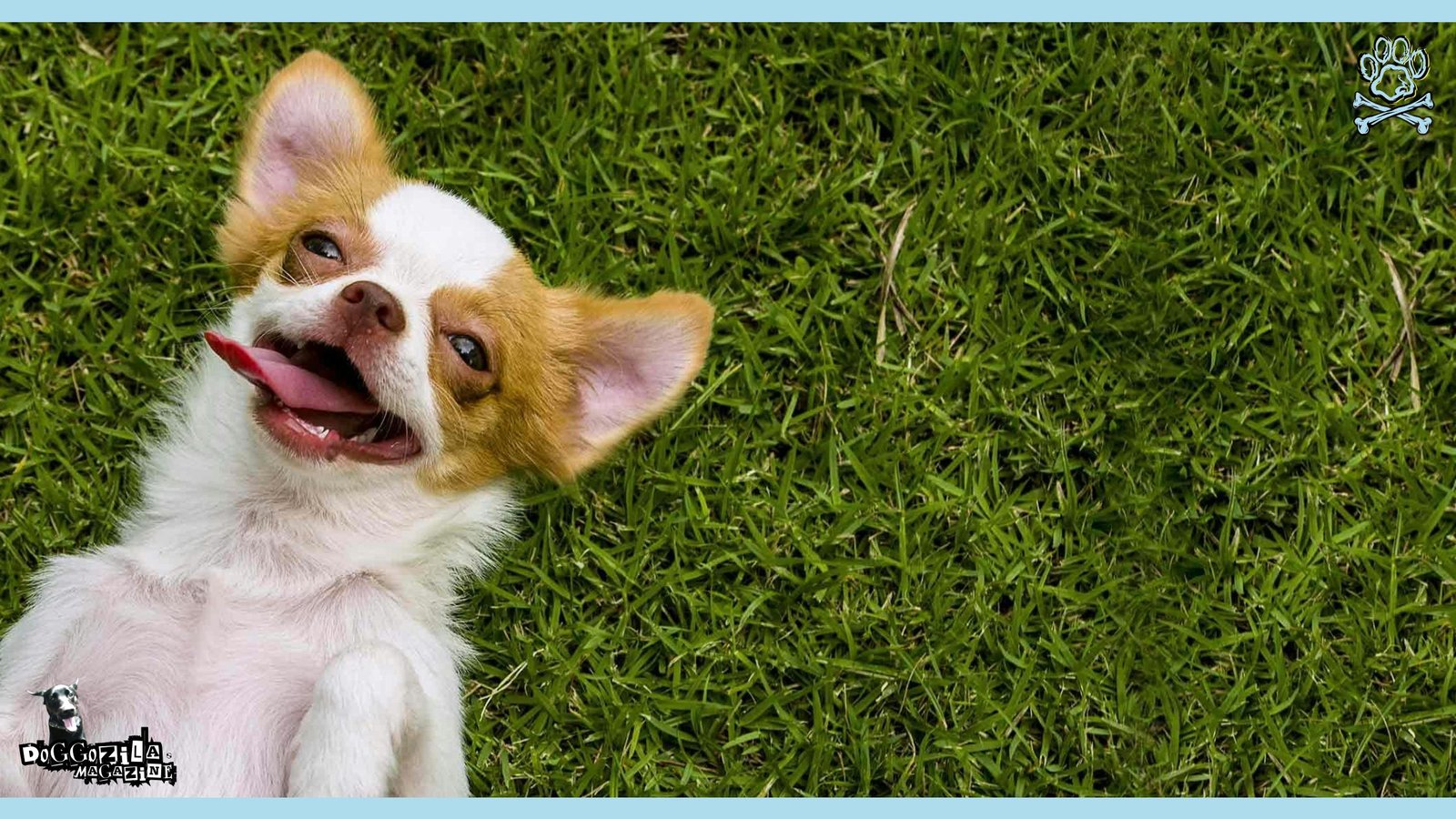
DO DOGS ACTUALLY ENJOY PLAYING DEAD?
The notion of whether dogs enjoy performing tricks like playing dead is a subject of considerable interest within the fields of animal behavior and psychology. Dogs are social animals, and their interactions with humans foster a unique bond that can significantly influence their enjoyment of activities.
The Bond with Your Dog is Most Important
When it comes the moment to train your dog to play dead, the emotional connection between the you and your furry friend is pivotal. Many pet owners report that their dogs engage enthusiastically in play and training sessions, showing signs of excitement during the process. This suggests that dogs can derive pleasure from participating in tricks, especially those that elicit positive reactions from their owners.
Research indicates that positive reinforcement plays a critical role in a dog’s willingness to engage in tasks like playing dead. By using treats, praise, and play as rewards, owners can enhance their dog’s motivation and enjoyment when performing the trick.
Anecdotal evidence supports the idea that dogs not only understand the commands associated with tricks but also respond positively due to the interactive nature of the training sessions. Observing a dog’s body language during these moments can provide insights into their emotional state.
For instance, a wagging tail, relaxed posture, and willingness to repeat the behavior often indicate enjoyment.
🔑 Key Points: If dog owners have a great bond with their furry friends, any training or any activity would be a rewarding moment for both. If the bond is strong, you can tell if your dog is not enjoying in something.

EMBRACING PLAYFULNESS IN DOG TRAINING
To train your dog to play dead is not merely an exercise in teaching a command; it is an opportunity to strengthen the bond between you and your pet. Throughout the process, it is essential to remember that both enjoyment and engagement are crucial for effective dog training.
Patience and Persistence are Fundamental in Dog Training
Each step taken in teaching this trick serves as a reminder that training should be fun rather than a chore. Successful training sessions involve both enjoyment and a positive atmosphere, which helps dogs feel more secure and willing to learn. Patience and persistence are fundamental attributes in dog training. Dogs, like humans, have varying learning paces.
Some may grasp the concept of playing dead quickly, while others may require more time and repeated practice. The key is to maintain a nurturing environment, emphasizing encouragement and praise. Every small achievement should be celebrated, as these victories foster a sense of accomplishment in your dog, further motivating them to continue learning.
Engaging Playfulness in The Training Process
Moreover, engaging playfulness in the training process not only enhances the experience but reinforces the bond between pet and owner. By embracing a rewarding approach, you create an atmosphere that promotes creativity, enthusiasm, and trust.
Therefore, as you embark on teaching your dog, remember that the journey itself is a vital part of the experience. Instead of approaching training as a burdensome task, view it as an opportunity to explore new skill sets, fostering a deep connection with your furry companion.
In conclusion, to train your dog to play dead offers its challenges, it is integral to focus on the enjoyment throughout the process. Celebrate each progress point, reinforce positivity, and relish this unique opportunity to connect with your dog in meaningful ways.
